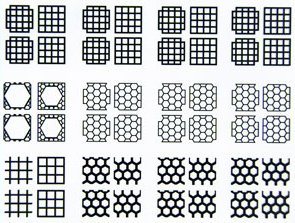What is Photolithography?

Photolithography comes from the Latin words for: Light, Stone, and Write. In other words, photolithography in Latin means printing with light. This process was invented in 1855 by Alphonse Poitevin.
To create the desired pattern on the Mylar surface, photo resist is put on top of the Mylar surface. The intense UV light is put over the Mylar with photo resist, which causes a chemical reaction and creates the desired pattern or features. As the resist is developed the unnecessary photo resist is washed away. This process can be repeated as many times as necessary to create the desired effect and features.
Learn more about how photolithography works, and the part it plays in chemical etching:
Video used with permission from PCMI
Recent News
What are MEMS?
EMS acquires Thin Metal Parts
Part-Time Positions Available
Quality Manager – Manufacturing
IT Systems Administrator
Battery Components
Encoder Disks
How Small is a Micron?
Laser Parts Fabrication Technologies
Thin Metal Parts Gives Component Buyers the Competitive Edge
13 Tips on How to Evaluate a New Fabrication Partner


4733 Centennial Blvd.
Colorado Springs, CO 80919
Phone: 719.268.8300
Fax: 719.268.8399
E-mail: info@thinmetalparts.com